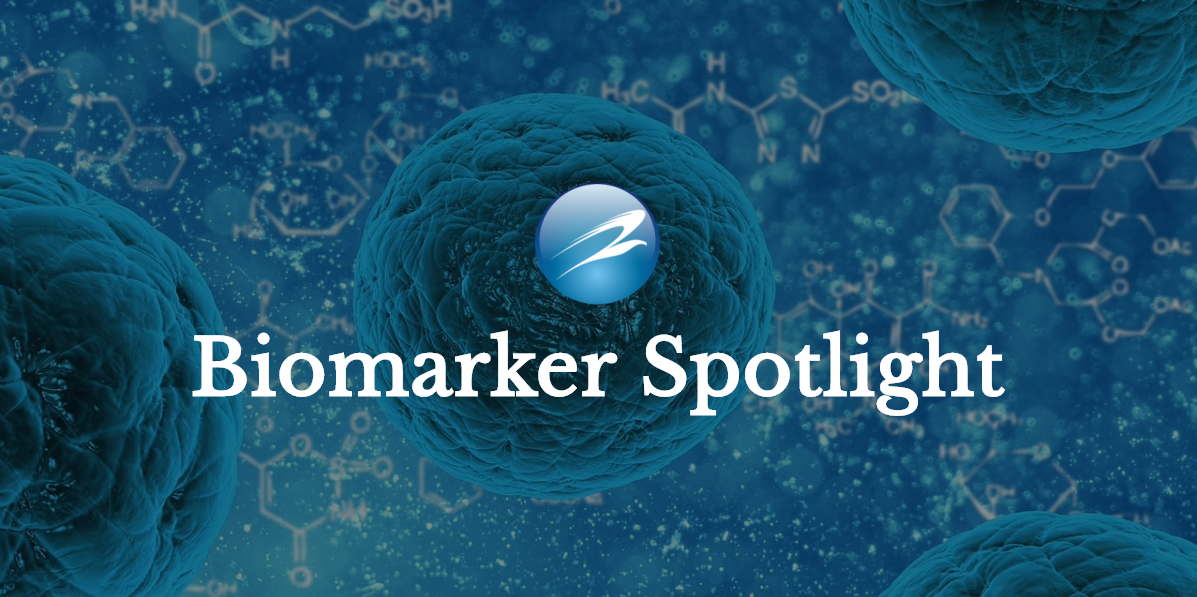
A recent systemic review and meta-analysis of studies with serum amyloid A in patients with COVID-19 published by the International Journal of Infectious Diseases has found high concentrations of serum amyloid A associated with higher COVID-19 severity and mortality. This review analyzed nineteen studies consisting of over five thousand patients with COVID-19. The pooled results showed that serum amyloid A concentrations were significantly higher in those patients with severe disease and non-survivors. This measurement could be useful for risk stratification and clinical monitoring of these patients.
Background
A state of excessive local and systemic inflammation and immune activation are strongly associated with oxidative stress, coagulation abnormalities, and multi-organ dysfunction in patients with coronavirus disease 2019 (COVID-19). While safe and effective vaccines have been developed and are currently being rolled out, effective therapies to mitigate the clinical manifestations of COVID-19, e.g., repurposed antiviral and immunosuppressant agents, remain limited. In this context, the use of biomarkers of disease severity and clinical progression would facilitate the early identification of patients requiring aggressive management and monitoring and assist with the judicious use of healthcare resources. Given the key pathophysiological role of inflammation and immunity in the clinical progress of COVID-19, markers that reflect the activation of these pathways might be particularly useful for risk stratification and effective management.
Serum amyloid A (SAA) genes and proteins are significantly activated during the acute phase response, which comprises a number of phenomena that occur in the presence of inflammation and infection, e.g., increased temperature and hormonal and metabolic alterations. Circulating SAA concentrations, typically low under physiological circumstances (20–50 mg/l), can increase up to 1000-fold within the first 24–48 h of an acute phase response. This is the consequence of increased synthesis in the liver that is triggered by several stimuli, including tumor necrosis factor (TNF), interleukin (IL)-1β, IL-6, and interferon gamma (IFN-γ). SAA, in turn, can activate the complement system and the nucleotide-binding domain leucine-rich repeat-containing family pyrin-domain containing 3 (NLRP3) inflammasome, further increase the synthesis of TNF, IL-1β, and IL-6, and activate other proinflammatory cytokines such as IL-1α and IL-23. Notably, these mediators have been shown to contribute significantly to the onset of the cytokine storm and its adverse clinical consequences in COVID-19. Therefore, it is plausible that the acute increase in SAA concentrations in patients with COVID-19 might not only reflect the presence of an acute phase response, but also herald the development of a cytokine storm and, consequently, multi-organ failure and an increased risk of adverse outcomes.
Two systematic reviews and meta-analyses on a relatively limited number of studies, three and five, respectively, have reported a significant and positive association between SAA concentrations and COVID-19 severity. Following the publication of several additional studies, an updated systematic review and meta-analysis was conducted of the available evidence on the clinical implications of SAA concentrations in patients with COVID-19.
Read the full text here.
